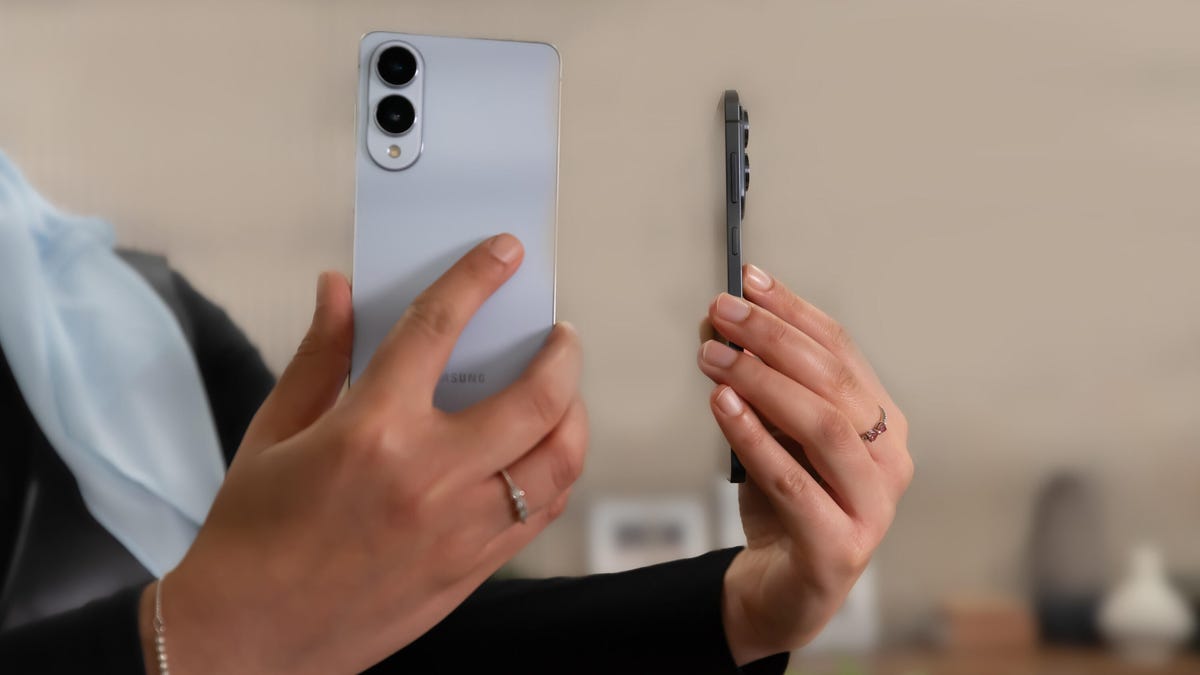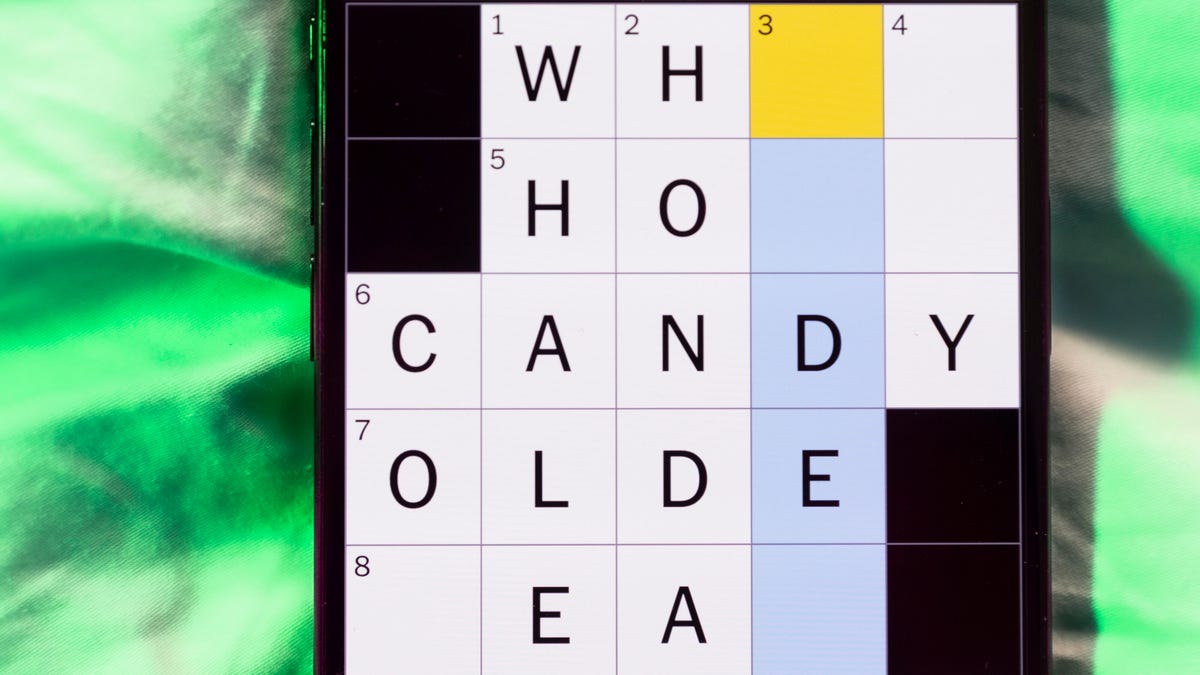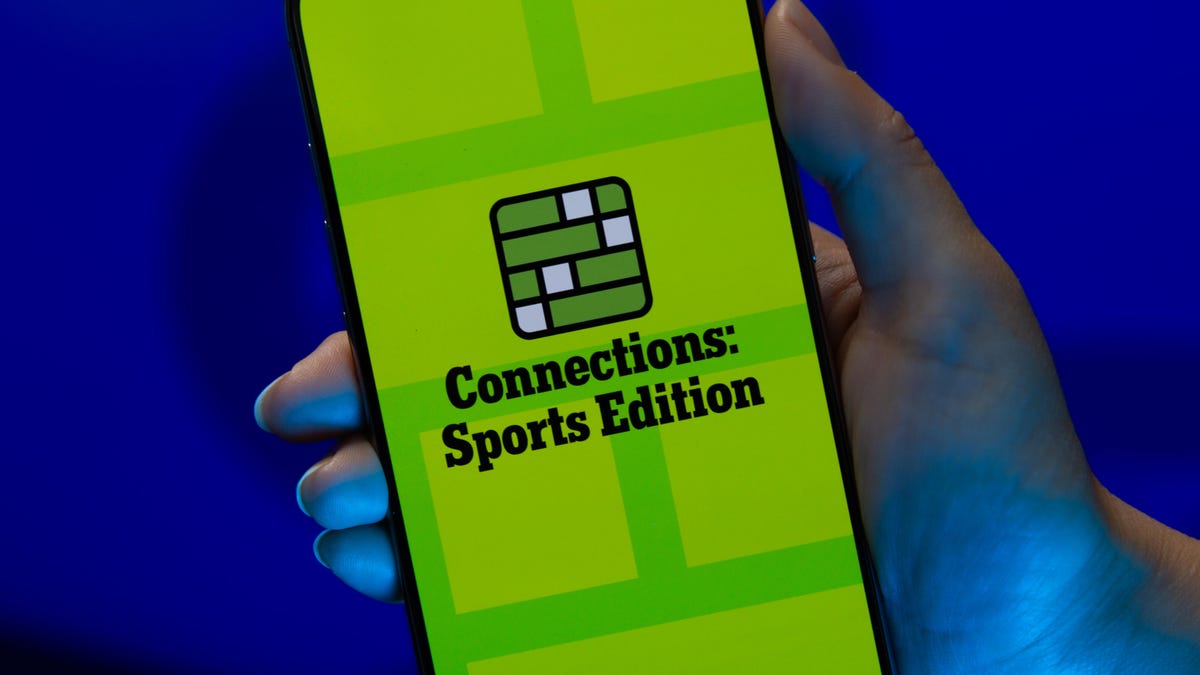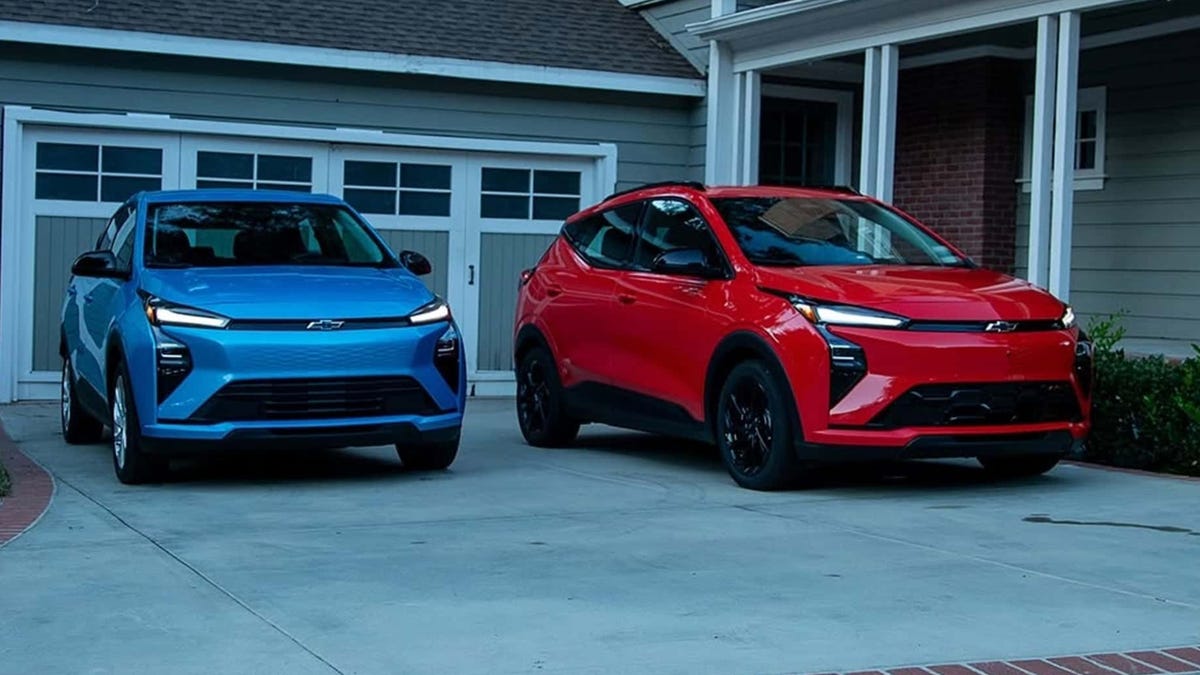Technologies
Galaxy S25 Edge Hands-On: This Thin Phone Left a Deep Impression
At 5.8mm thick and 163 grams, this slim phone packs many of the features you’ll find on other S25 series devices. But the unique design is a breath of fresh air.

As I hold Samsung’s super-thin and light Galaxy S25 Edge, the first word that comes to mind is «airy.» My next thought is: If I were the S25 Plus, I’d be worried.
In my early hands-on with the S25 Edge at a preview event in New York, I was struck by how much the new phone carries over from its S25 counterparts. It maintains the 200-megapixel wide camera from the S25 Ultra, the 6.7-inch display from the S25 Plus and the Snapdragon 8 Elite processor you’ll find across the other three S25 devices. But it does so within a sleek, 5.8mm titanium frame, clocking in at 163 grams. It feels like something I can throw in my bag or pocket and hardly notice.
In fact, the S25 Edge strikes me as exactly what a middle-of-the-line flagship phone should be: a fresh, elevated take on the baseline model, which pulls in premium features to justify its $1,100 price. The exciting design, Ultra-level wide camera and spacious display actually make this an enticing option for anyone who wants something a little out of the ordinary.
But that’s not to say there aren’t any compromises in store, the most notable being the battery; more on that later.
Preorders for the Galaxy S25 Edge are open now, and the phone will arrive on May 30. It comes in three colors: silver, jet black and icy blue.
What makes the S25 Edge stand out
The biggest question leading up to the release of the S25 Edge has been: Why would someone want a thinner phone anyway? After spending a little time with the device, I began to see the appeal.
While the S25 Edge’s thickness may not be visually striking at first glance, getting your hands on the phone is a different story. Comparing how the S25 Edge’s 5.8mm, 163g frame feels to the S25 and S25 Plus, I registered just how much thinner and lighter it really is. For reference, the baseline S25 is 7.2mm thick and weighs 162g, but has a smaller 6.2-inch screen. The S25 Plus has the same 6.7-inch display as the Edge, but is 7.3mm thick and weighs 190g. It’s a noticeable difference.
The moment of truth was applying some force to the phone to see if it gave at all. Impressively, it felt quite sturdy. (If not, I’d probably have gotten myself into some trouble with Samsung.) It touts a Corning Gorilla Glass Ceramic 2 display, along with a Gorilla Glass Victus 2 backing. My initial impression is that you shouldn’t have to worry about accidentally turning the S25 Edge into a foldable by keeping it in your back pocket, but that’s certainly something I’ll have to test in my review. The S25 Edge also maintains the same IP68 rating for dust and water resistance you’ll find on the other S25 series phones.
The biggest trade-off, at least on paper, appears to be battery capacity. The Galaxy S25 Edge’s 3,900 mAh battery pales in comparison to what you’ll get on the baseline S25 (4,000 mAh) and the S25 Plus (4,900 mAh). Samsung isn’t sharing how many hours you’ll get out of the S25 Edge’s battery, other than stating it’ll last you all day. That’s something else I look forward to testing. The S25 Edge supports 25-watt wired charging and 15-watt wireless charging.
With thinner phones, camera hardware can also be scaled back. But the S25 Edge boasts three cameras: a 200-megapixel wide, a 12-megapixel ultrawide and a 12-megapixel selfie camera. Megapixels aren’t everything, so I’m eager to see how that all translates into real-world photography. Samsung points to Galaxy AI for helping to boost camera quality and for powering photo editing features like Generative Edit.
Like the S25 Plus, the S25 Edge has 12GB of RAM and 256GB and 512GB storage options. It’ll cost a little more than the S25 Plus, though: $1,100 for 256GB and $1,220 for 512GB. But it’s still priced lower than the top-of-the-line $1,300 S25 Ultra.
You’ll find the same Galaxy AI features Samsung has been touting on the rest of its S25 phones, like Sketch to Image and Audio Eraser. Gemini features are also onboard, like Gemini Live and Circle to Search.
On the edge of a new trend
The launch of the Galaxy S25 Edge comes amid a thin-phone phenomenon. Earlier this year, Oppo released its super-thin Find N5 foldable, which it calls the «world’s thinnest book-style foldable,» measuring just 8.93mm thick when closed and 4.21mm thick when opened. Apple is also rumored to be developing a thinner «Air» version of the iPhone 17. And at MWC 2025, phone maker Tecno showed off its Spark Slim phone concept, which measures 5.75mm thick and weighs just 146 grams, according to the company.
Depending on how consumers respond, the S25 Edge could be the phone to help kickstart the thin phone craze. If people don’t have to compromise too much when it comes to camera, storage and battery — three of the biggest considerations when buying a phone, according to a CNET survey — they could be inclined to pay up for a fresh form factor. After all, phones have become rather boring and predictable, apart from a handful of foldable options. The S25 Edge could be a breath of fresh air.
I look forward to seeing how the S25 Edge holds up in the real world and whether it truly can maintain its edge (I had to do it).
Galaxy S25 Edge vs. Galaxy S25 vs. Galaxy S25 Plus vs. Galaxy S25 Ultra
| Samsung Galaxy S25 Edge | Samsung Galaxy S25 | Samsung Galaxy S25 Plus | Samsung Galaxy S25 Ultra | |
|---|---|---|---|---|
| Display size, tech, resolution, refresh rate | 6.7-inch AMOLED; 3,200×1,800 pixels; 120Hz refresh rate | 6.2-inch AMOLED; 2,340×1,080 pixels; 1-120Hz adaptive refresh rate | 6.7-inch AMOLED; 3,120×1,440 pixels; 1-120Hz adaptive refresh rate | 6.8-inch AMOLED; 3,120×1,440 pixels; 1-120Hz adaptive refresh rate |
| Pixel density | 548 ppi | 416 ppi | 509 ppi | 501 ppi |
| Dimensions (inches) | 2.98 x 6.23 x 0.23 inches | 5.78 x 2.78 x 0.28 in. | 6.24 x 2.98 x 0.29 in. | 6.41 x 3.06 x 0.32 in. |
| Dimensions (millimeters) | 75.6 X 158.2 X 5.8mm | 146.9 x 70.5 x 7.2 mm | 158.4 x 75.8 x 7.3 mm | 162.8 x 77.6 x 8.2 mm |
| Weight (grams, ounces) | 163g (5.75 oz) | 162g (5.71 oz) | 190g (6.70 oz) | 218g (7.69 oz) |
| Mobile software | Android 15 | Android 15 | Android 15 | Android 15 |
| Camera | 200-megapixel (wide), 12-megapixel (ultrawide) | 50-megapixel (wide), 12-megapixel (ultrawide), 10-megapixel (3x telephoto) | 50-megapixel (wide), 12-megapixel (ultrawide), 10-megapixel (3x telephoto) | 200-megapixel (wide), 50-megapixel (ultrawide), 10-megapixel (3x telephoto), 50-megapixel (5x telephoto) |
| Front-facing camera | 12-megapixel | 12-megapixel | 12-megapixel | 12-megapixel |
| Video capture | 8K | 8K | 8K | 8K |
| Processor | Snapdragon 8 Elite | Qualcomm Snapdragon 8 Elite for Galaxy | Qualcomm Snapdragon 8 Elite for Galaxy | Qualcomm Snapdragon 8 Elite for Galaxy |
| RAM + storage | 12GB RAM + 256GB, 512GB | 12GB RAM + 128GB, 256GB | 12GB RAM + 256GB, 512GB | 12GB RAM + 256GB, 512GB, 1TB |
| Expandable storage | No | None | None | None |
| Battery | 3,900 mAh | 4,000 mAh | 4,900 mAh | 5,000 mAh |
| Fingerprint sensor | Under display | Under display | Under display | Under display |
| Connector | USB-C | USB-C | USB-C | USB-C |
| Headphone jack | None | None | None | None |
| Special features | IP88 rating, 5G, One UI 7, 25-watt wired charging, 15-watt wireless charging, Galaxy AI, Gemini, Circle to Search, Wi-Fi 7. | 2,600-nit peak brightness; 7 years of OS and security updates; 5G (mmWave); IP68 water and dust resistance; wireless PowerShare to charge other devices; 25W wired charging (charger not included); Galaxy AI; Wi-Fi 7 | 2,600-nit peak brightness; 7 years of OS and security updates; 5G (mmWave); IP68 water and dust resistance; wireless PowerShare to charge other devices; 25W wired charging (charger not included); Galaxy AI; Wi-Fi 7; ultrawideband | Titanium frame, 2,600-nit peak brightness; 7 years of OS and security updates; 5G (mmWave); IP68 water and dust resistance; wireless PowerShare to charge other devices; integrated S Pen; UWB for finding other devices; 45W wired charging (charger not included); Galaxy AI; Wi-Fi 7; Gorilla Glass Armor cover glass; ultrawideband |
| US price starts at | $1,100 | $800 (128GB) | $1,000 (256GB) | $1,300 (256GB) |
| UK price starts at | TBA | £799 (128GB) | £999 (256GB) | £1,249 (256GB) |
| Australia price starts at | TBA | AU$1,399 (256GB) | AU$1,699 (256GB) | AU$2,149 (256GB) |
Technologies
Today’s NYT Mini Crossword Answers for Sunday, Oct. 26
Here are the answers for The New York Times Mini Crossword for Oct. 26.

Looking for the most recent Mini Crossword answer? Click here for today’s Mini Crossword hints, as well as our daily answers and hints for The New York Times Wordle, Strands, Connections and Connections: Sports Edition puzzles.
Need some help with today’s Mini Crossword? I thought 4-Down was a bit tricky, but read on for all the answers. And if you could use some hints and guidance for daily solving, check out our Mini Crossword tips.
If you’re looking for today’s Wordle, Connections, Connections: Sports Edition and Strands answers, you can visit CNET’s NYT puzzle hints page.
Read more: Tips and Tricks for Solving The New York Times Mini Crossword
Let’s get to those Mini Crossword clues and answers.
Mini across clues and answers
1A clue: Rubber ducky’s «habitat»
Answer: BATH
5A clue: Coin in Cannes
Answer: EURO
6A clue: Go «Grrrr …»
Answer: GROWL
8A clue: «The other thing I wanted to say …»
Answer: ALSO
9A clue: Street sign in a school zone
Answer: SLOW
Mini down clues and answers
1D clue: Plead
Answer: BEG
2D clue: Vibes, in Gen Z speak
Answer: AURAS
3D clue: Social media menace
Answer: TROLL
4D clue: «Oh, yeah? Explain that to me»
Answer: HOWSO
7D clue: Like a phone battery under 20%
Answer: LOW
Technologies
Today’s NYT Connections: Sports Edition Hints and Answers for Oct. 26, #398
Here are hints and the answers for the NYT Connections: Sports Edition puzzle for Oct. 26, No. 398.

Looking for the most recent regular Connections answers? Click here for today’s Connections hints, as well as our daily answers and hints for The New York Times Mini Crossword, Wordle and Strands puzzles.
Today’s Connections: Sports Edition is a fun one. That purple category — oof, it’s a typical Connections brain-buster. If you’re struggling but still want to solve the puzzle, read on for hints and the answers.
Connections: Sports Edition is published by The Athletic, the subscription-based sports journalism site owned by the Times. It doesn’t show up in the NYT Games app but appears in The Athletic’s own app. Or you can play it for free online.
Read more: NYT Connections: Sports Edition Puzzle Comes Out of Beta
Hints for today’s Connections: Sports Edition groups
Here are four hints for the groupings in today’s Connections: Sports Edition puzzle, ranked from the easiest yellow group to the tough (and sometimes bizarre) purple group.
Yellow group hint: Bunch of players.
Green group hint: College division.
Blue group hint: Knock it out of the park.
Purple group hint: You’ll find a hidden word in these four team names.
Answers for today’s Connections: Sports Edition groups
Yellow group: Club
Green group: ACC teams
Blue group: Hit hard, like a baseball
Purple group: Pro team names that end in another pro team name.
Read more: Wordle Cheat Sheet: Here Are the Most Popular Letters Used in English Words
What are today’s Connections: Sports Edition answers?
The yellow words in today’s Connections
The theme is club. The four answers are group, side, squad and team.
The green words in today’s Connections
The theme is ACC teams. The four answers are Demon Deacons, Eagles, Hurricanes and Wolfpack.
The blue words in today’s Connections
The theme is hit hard, like a baseball. The four answers are belt, club, mash and wallop.
The purple words in today’s Connections
The theme is pro team names that end in another pro team name. The four answers are Hornets, Red Wings, Seahawks and Vikings.
Technologies
Chevy’s New Bolt Electric Car Is Truly Affordable, at Less Than $30,000
The new Chevrolet Bolt is cheaper than other «affordable» EVs, and even fixes the weaknesses of its predecessor.
-

 Technologies3 года ago
Technologies3 года agoTech Companies Need to Be Held Accountable for Security, Experts Say
-

 Technologies3 года ago
Technologies3 года agoBest Handheld Game Console in 2023
-

 Technologies3 года ago
Technologies3 года agoTighten Up Your VR Game With the Best Head Straps for Quest 2
-

 Technologies4 года ago
Technologies4 года agoVerum, Wickr and Threema: next generation secured messengers
-

 Technologies4 года ago
Technologies4 года agoBlack Friday 2021: The best deals on TVs, headphones, kitchenware, and more
-

 Technologies4 года ago
Technologies4 года agoGoogle to require vaccinations as Silicon Valley rethinks return-to-office policies
-

 Technologies4 года ago
Technologies4 года agoOlivia Harlan Dekker for Verum Messenger
-

 Technologies4 года ago
Technologies4 года agoiPhone 13 event: How to watch Apple’s big announcement tomorrow

